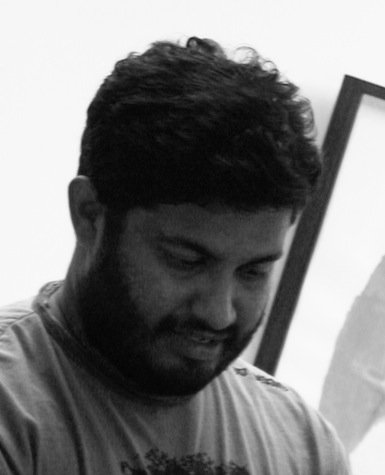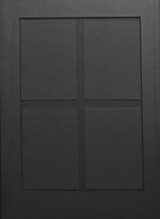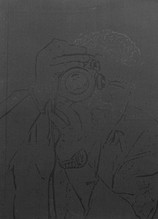
-
From 01 Jul-2014 To 15 Sep-2014
Attained a BFA in Visual Communication design at the Government College of Arts & Crafts, Chennai (1998 2002)
†
Selected Solo Exhibitions
Lakshana Art Gallery, Bangalore (2008); Triveni Kala Sangam, Apparao Galleries, New Delhi (2008); Sequestra, Alliance FranÁaise, Chennai(2003)
†
Selected Group Exhibitions
'The Madras Accent', Gallery Time and Space, Bangalore (2010); 'Trilogy', The Noble Sage, London (2008); Best of South, Triveni Kala Sangam, Apparao Galleries, New Delhi (2008); Creativity and The Monsoon Madness, Apparao Galleries, Chennai (2007); Beyond APAC, Gallery Sri Parvati, Chennai (2007); The Tenth Planet, Apparao Galleries, Chennai (2007); Madras Canvas, Forum Art Gallery, Chennai (2007); Trilogy, Lalit Kala Akademi, Chennai(2006); Atelier 2006, Lakshana Art Gallery, Chennai (2006); Adogi mini print exhibition, Spain (2006); Water is life, Tashkent House of Photography, Uzbekistan (2003); Our Dear Old Men, Tashkent House of Photography, Uzbekistan (2002); Nunkalai Kuzhu Exhibition, Lalit Kala Akademi, Chennai (2002); Three-Man Show, Government College of Arts and Crafts, Chennai (2002)
†
Selected Awards
Research Scholarship from Handicrafts of India (2004); Diploma awarded for portrait work Royal Pose II in the Our Dear Old Men show in Tashkent House of Photography, Uzbekistan (2002)
M. Siva on N. Prasannakumar
†
Prasanna is by all accounts an indispensable member of Trilogy. He is one of the most resourceful and helpful people I have ever met. Benitha and I both rely so much upon him; there is a little of him in all of our work. Prasannna himself is a very emotional character. He feels very deeply about even the smallest of things he sees. Even if a person is hurt very slightly, he comes to a full stop. We all carry on around him but his mourning of the situation continues. You can see it on his face. I think this relates directly to his art. He chooses subjects that move him and he expounds them in his art. His subjects are varied just as his knowledge. He can speak on a wide variety of subjects. If there is anything that draws all his artwork together, it is his interest in those things that make us human, that make us fallible. Serigraphy is his forte in my opinion. They are always extremely precise as well as beautiful works. They come to be through his travels, where he goes and what he sees on his motorbike or in his car. He is always on the move. The concept is ready by the time he arrives at the studio, at least in his head. It is not long before the completed work is in front of him. He is quite unlike me in that way.
In 2002 Indian contemporary artist and printmaker, Prasannakumar, spent a month with an indigenous tribe that lives outside of Chennai. They have their own language and their own distinct culture untouched by the imposing modernism of India. They have no written script and outwardly refuse to change their ancient ways. Prasannkumars diaristic photographs are moving to say the least. Sympathetic toward his subjects, Prasannakumars work gives great dignity to this tribe of people that date back perhaps hundreds of years though today are forced to survive largely through hunting and selling handicraft beads. We naturally ask ourselves how we define civilization: why were some taken into the fold and others left out? The experience of this community without the written word was no doubt a profound one for the artist. His group of works titled The Braile Series (2007) show Prasannakumar translating key passages of the bible where Christ speaks about the blind into the touch-language of brail. He displays it elegantly, white on white or black on black, so it is nearly hidden from our view. Set behind glass, the works are complex in meaning. They are certainly compassionate toward those without eyesight though position the viewer as equally debilitated as those who are blind: the enlightenment of the text is distanced from all of us. Prasannakumar creates in this way a democratizing image that shows all our frailties and imperfections, asking simultaneously significant questions about our own need to be heard and our need to be answered in a vernacular that we understand. In his Self-Portrait I & II (2008), the artists own face is virtually indecipherable, both because it is gloss-black printed on black card but also because he is behind a camera in the image. Add to this the lens that is the glass on the frame and you have an artwork with many layers of meaning. As with Felt with Fingers I & II (2007), he creates a version of the works in white as well even though both versions elude us equally.









